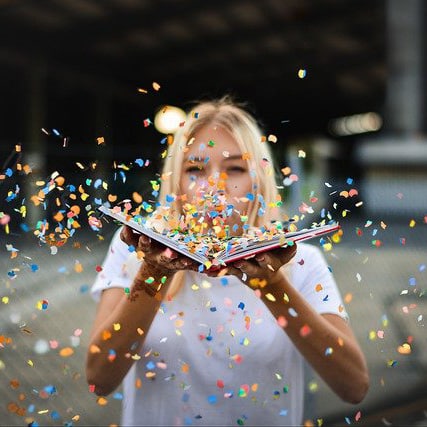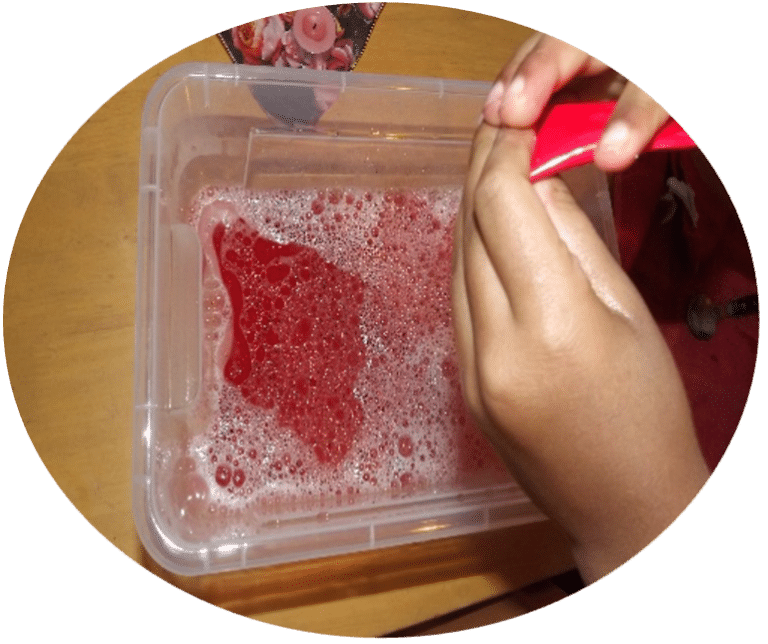There is so much to discover when we just look around!
This activity provides opportunities to create, build, problem solving and higher-order thinking while working together as a team.
Materials
- Provide a large selection of natural materials. Materials can also be gathered by the children during a nature walk or the sculptures can be created outside in nature.
- Natural Materials: Logs, Rocks, Branches, Wood, Grass, Moss, Bark etc
Learning Goals
- Creative Expression: Children are motivated to design their own work
- Connecting Knowledge: talking about children’s thought process and work as they engage and build provides an avenue for rich discussion and exchange of knowledge to support children’s higher order thinking and reflecting skills.
- Collaborate with others to share interests and to solve problems confidently
- Interact with other children and adults by listening, discussing, and taking turns in conversation
Process Description
Step 1
Children gather large natural resources and can be motivated to construct anything! Show children images of famous sculptures and let them decide which sculpture they’d like to replicate using natural materials. If you decide to use famous sculptures to entice curiosity, give background to the sculpture, who created it and any interesting stories behind why it was created. Ask the children what they notice in each sculpture, the colour, shapes and anything they find interesting. See the adaptation section, to see how you can introduce story-telling and literacy into this activity.
Step 2
Let children create what they have in mind or discuss with each other what they could build as a team (bridge, den, roof, street etc.).
Step 3
Observe the children and scaffold learning, allowing them to explore and think freely.
Adaptation
Adaptation 1: Read the book Look! Look! Look at Sculpture by Nancy Elizabeth Wallace. This book introduces children to sculpture’s with an interesting story about a mouse visiting a museum.
Adaptation 2: A scenery can be constructed such as a village or castle with leading path and walls. Planning of construction and needed materials can be prepared in a mark-making or written form. One child can act as the photographer (or take turns with children) to take pictures of the various stages of construction. Constructions with rocks can be supported with wet mud or flour-water paste. Remember, you can also use books or the internet to find examples or historical facts on how people in the past planned and constructed buildings to further incorporate history and literacy into the learning opporutnity.
Reflective questions
- Did I encounter any challenges? If yes, how did I overcome them and how will I respond next time?
- Did this activity align with the children’s emerging interests and abilities?
- What is your favorite piece of clothing or pair of shoes? What do they look like?
Looking and responding
Start by asking the children to describe what they see. Draw attention to details. Why do you think this sculpture was made? What do you think of…? I wonder what would have happened if …? What type of materials will you use to make your own sculpture? Which sculpture would you like to copy (i.e. re-create)?
Bibliography
- Look! Look! Look at Sculpture by Nancy Elizabeth Wallace.
- National Council for Curriculum and Assessment (2009), Aistear: The Early Childhood Curriculum Framework. Dublin: NCCA.
Author Bio

TeachKloud is a cloud-based management platform for early childhood educators and parents!









